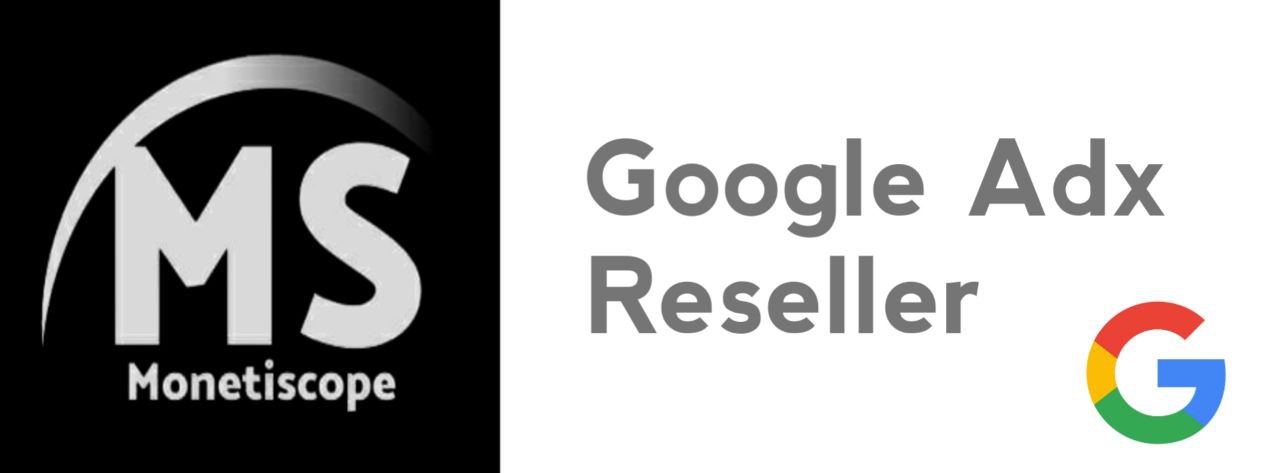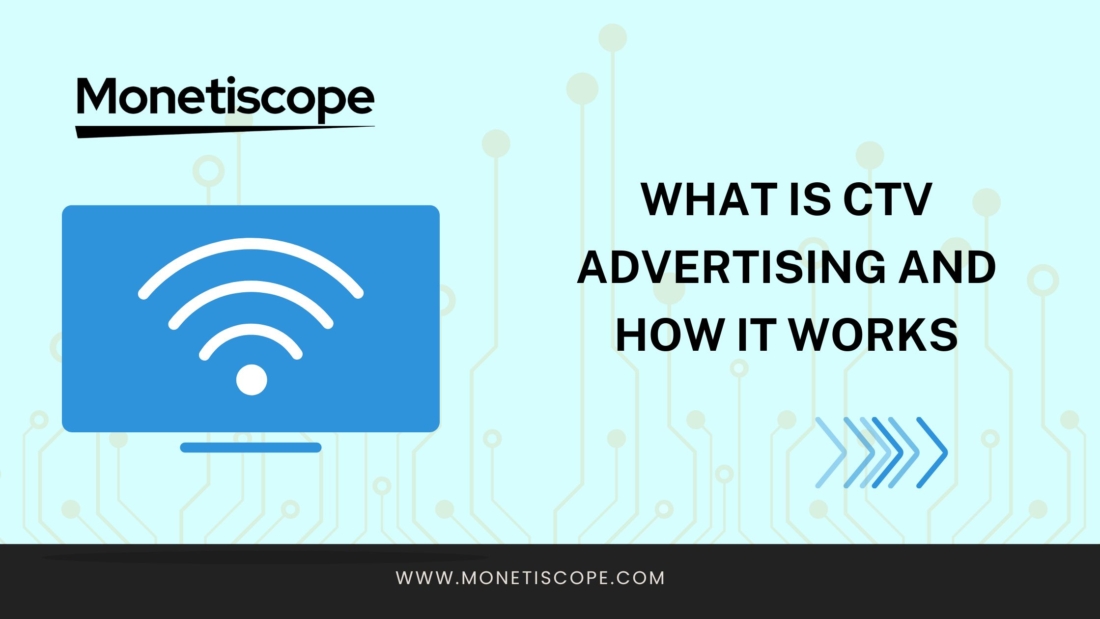Getting your Connected TV (CTV) app monetized feels tough. But if you register CTV App in Google Ad Manager the right way, you’ll start serving high-value ads fast. This guide walks you through every step, spells out all requirements, covers CTV policy guidelines—and even shows how Monetiscope supercharges your ad revenue. Let’s get rolling!
Why You Must Register CTV App in Google Ad Manager Now
CTV ad spend is exploding. Advertisers clamor for OTT audiences. Rates per impression often beat mobile or desktop. Skip Google Ad Manager, and you leave money on the table. Plus, Ad Manager’s dashboard gives you full control over ad breaks, targeting, and reporting. Simple, but powerful.
Requirements to Register CTV App in Google Ad Manager
Before you start, gather these essentials:
| Requirement | Details |
| Google Ad Manager account | Active GAM network with billing, payment set up. |
| App bundle or package ID | Exact iOS bundle ID or Android package name. |
| Supported CTV platform info | Roku channel ID, Android TV package, tvOS bundle, Samsung Tizen ID. |
| Hosted app-ads.txt file | Lists your publisher ID to prevent unauthorized sellers. |
| Public app store listings | URLs for Google Play, App Store, Roku Channel Store, etc. |
Have these ready? Great. Now let’s dive into how to register CTV App in Google Ad Manager.
How to Register CTV App in Google Ad Manager: Step-By-Step
Follow these steps carefully to set up your CTV app in Google Ad Manager:
- Sign In / Create Account
Visit admanager.google.com and log in. No account? Sign up—it only takes a few minutes. - Go to Admin → Global Settings → Apps
In the left menu, click Admin, then Global settings, then Apps & games (or just Apps). - Click “New App”
Hit the blue + New app button. A simple form pops up. - Enter Your App Details
- App name: Use the exact name from your store listing.
- Platform: Pick Roku, Android TV, tvOS, Samsung Tizen, etc.
- Bundle/Package ID: Copy-paste exactly from your store listing.
- App name: Use the exact name from your store listing.
- Set Up Ad Units
- Under Inventory → Ad units, click New ad unit.
- Create units for each break type: pre-roll, mid-roll, post-roll.
- Name clearly—e.g., “AndroidTV_Midroll_60s”.
- Under Inventory → Ad units, click New ad unit.
- Host app-ads.txt
- On your app’s official domain, upload app-ads.txt.
- On your app’s official domain, upload app-ads.txt.
Add this line with your publisher ID:
google.com, pub-1234567890123456, DIRECT, f08c47fec0942fa0
- This file stops unauthorized sellers from hijacking your inventory.
- Link Store Listings
- In your app settings, add URLs for Play Store, App Store, Roku, etc.
- Google uses this to verify your app is live and published.
- In your app settings, add URLs for Play Store, App Store, Roku, etc.
- Submit for Review
Double-check all fields, then click Submit for review. Google usually approves within 24–48 hours. - Monitor Approval Status
Back in Apps, watch your app’s status. Once it shows Approved, you can start trafficking creatives.
CTV Policy Guidelines You Need to Follow
Ignoring Google’s CTV policies can get your app suspended. Here are key rules:
| Policy Area | Guideline |
| Ad breaks | Max 2 mid-roll breaks per 10 minutes of content. |
| Content rating | No adult/violent content unless regionally rated. |
| User interaction | Ads shouldn’t force remote-button clicks. |
| Data & privacy | Comply with GDPR/CCPA if collecting any viewer data. |
Always check Google’s CTV policy page for the latest updates.
Myth vs Truth: Google Ad Manager CTV Registration
| Myth | Truth |
| “CTV apps need a custom SDK for every device.” | Ad Manager works with standard IMA SDK or Prebid—no unique code per platform. |
| “You can skip app-ads.txt on CTV.” | Skipping it blocks ad serving. Always host app-ads.txt to authorize your inventory. |
How Monetiscope Helps CTV Publishers Boost Revenue
Monetiscope offers end-to-end support so you get more from your CTV app:
| Service | Benefit |
| AdX Approval | Fast-track your network review and get live quicker. |
| Ad Unit Setup | We configure optimal ad units for highest CPMs. |
| Floor Price Setup | Dynamic floors to protect your inventory value. |
| Dedicated Support Team | 24/7 experts to troubleshoot and optimize your setup. |
Partnering with Monetiscope means you never go it alone. Our team fine-tunes your Google Ad Manager setup so you cash in on every impression.
You now have everything to register CTV App in Google Ad Manager, meet all requirements, follow CTV policy guidelines, and boost revenue with Monetiscope. Ready to get started? Your OTT audience—and your bottom line—await!
Frequently Asked Questions (FAQ):
What does it mean to register CTV App in Google Ad Manager?
It links your CTV app to Ad Manager’s ad demand, sets up ad units, and authorizes your inventory.
How long does review take for a CTV app?
Usually 24–48 hours, but it can vary depending on your region and app details.
Can I edit ad units after approval?
Yes. You can create or modify ad units anytime under Inventory → Ad units.
Why is app-ads.txt required for CTV?
It prevents unauthorized resellers from claiming your ad inventory.
Which CTV platforms work with Google Ad Manager?
Roku, Android TV, Apple tvOS, Samsung Tizen, and other IMA-compatible platforms.
What if my CTV app is unpublished?
You can still register it, but you must link a placeholder or internal store URL.
How many ad breaks are allowed per hour?
Maximum 12 mid-roll breaks per hour—keep it viewer-friendly.
Can I use Prebid with CTV in Ad Manager?
Yes. Prebid integrates via the IMA SDK for header bidding on CTV.
What billing info do I need in Ad Manager?
Your network’s payment profile with valid bank or tax details.
How do I fix an “invalid bundle ID” error?
Double-check your bundle or package ID matches exactly what’s in your store listing.


![Register CTV App in Google Ad Manager Step-By-Step [2025]](https://monetiscope.com/wp-content/uploads/2025/08/Register-CTV-App-in-Google-Ad-Manager-Step-By-Step-1100x619.jpg)


